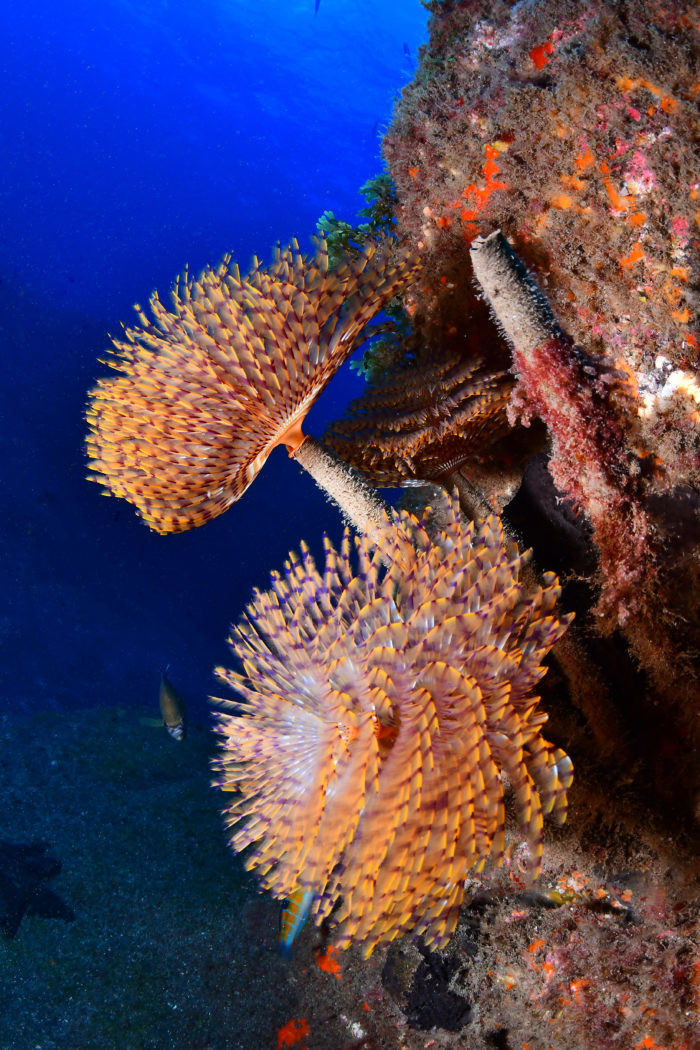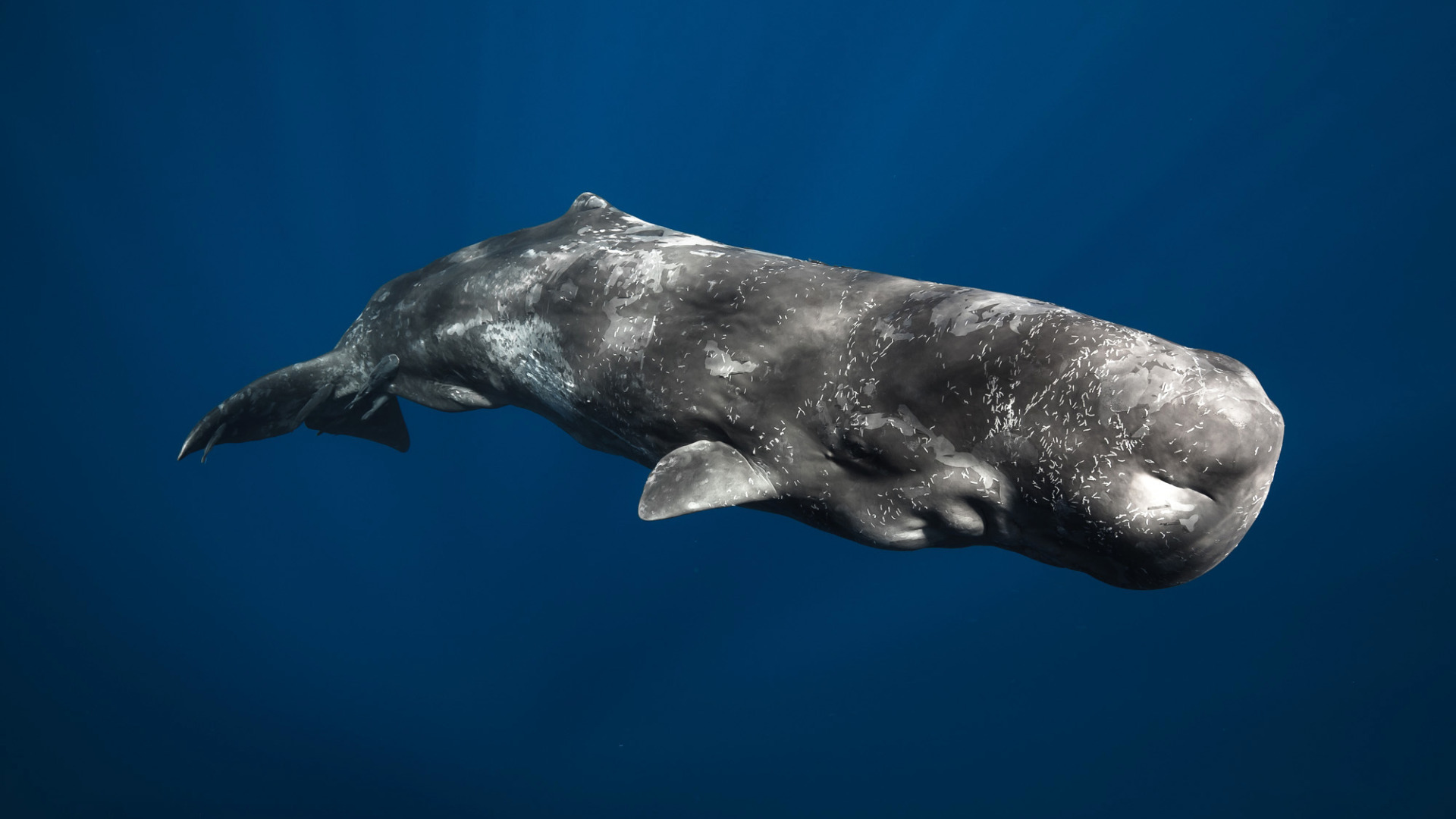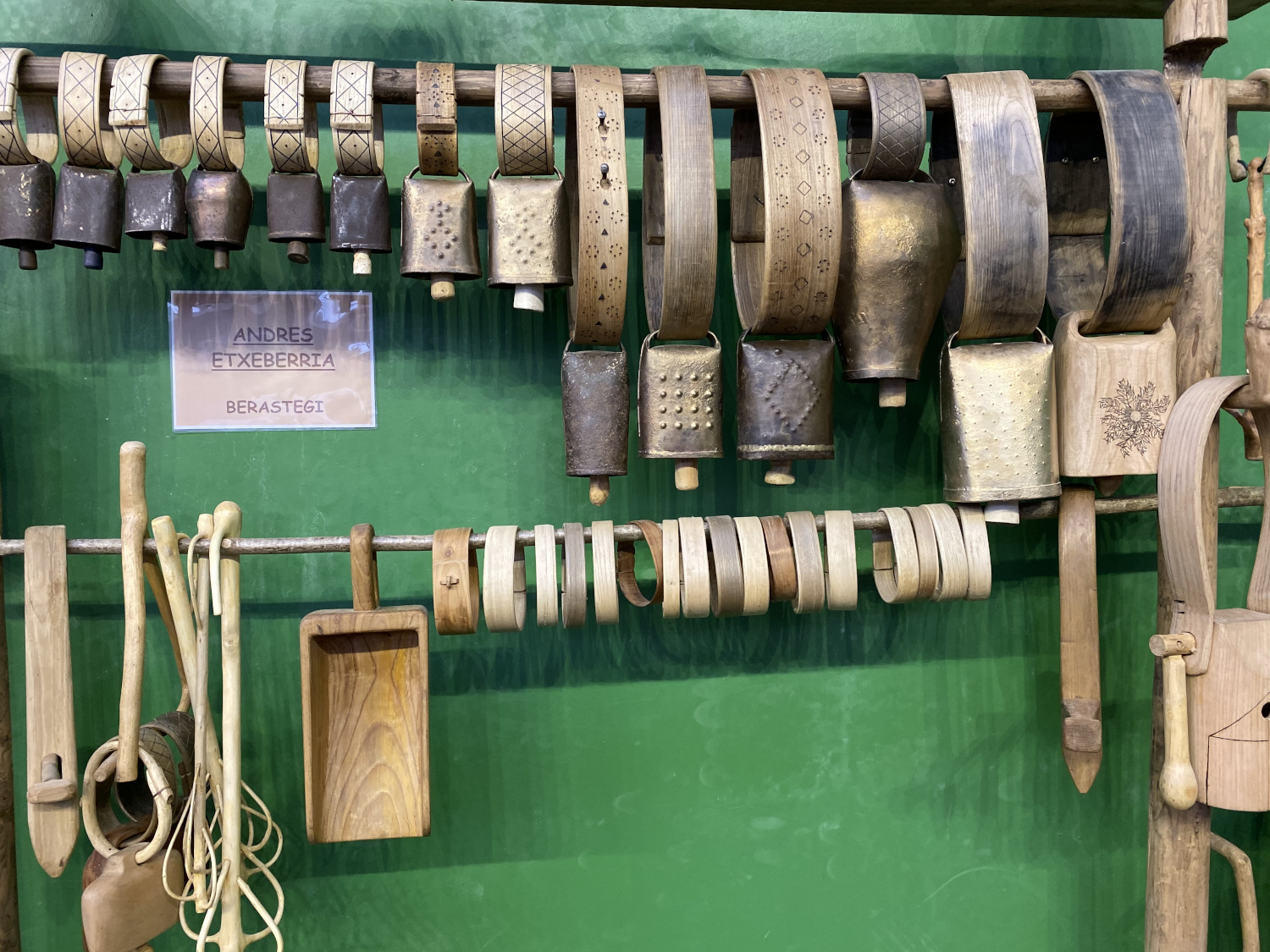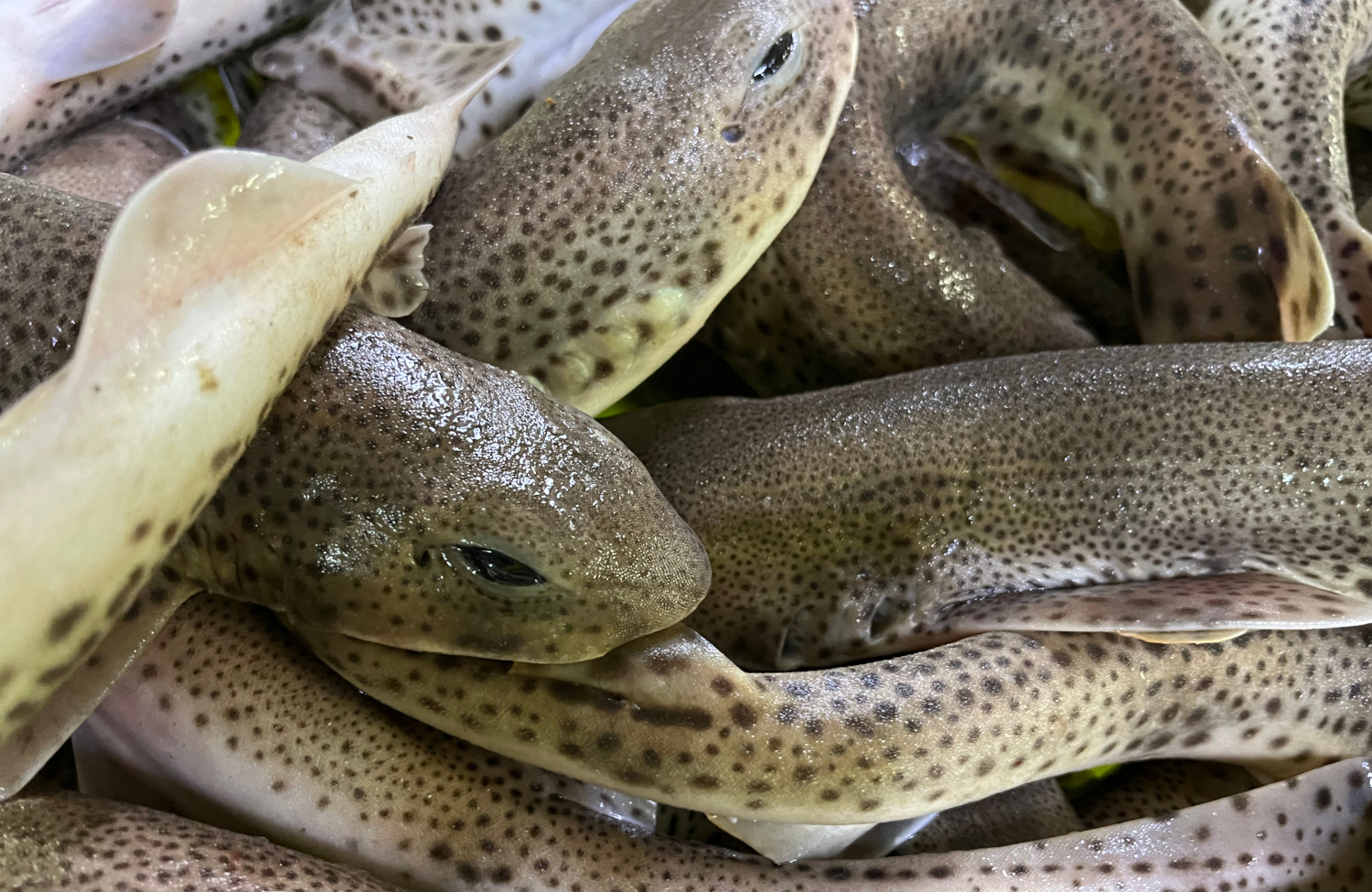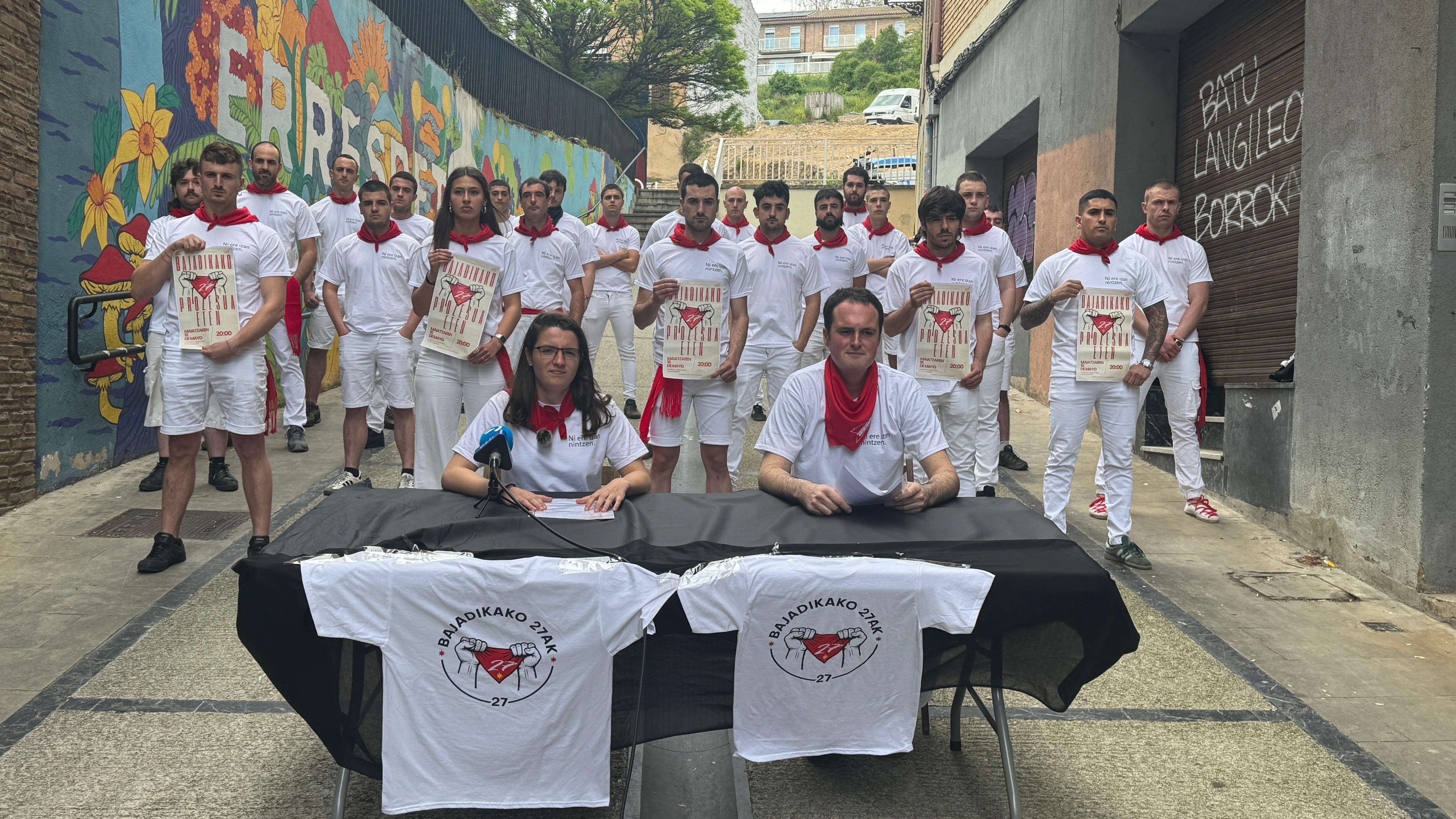The threat of the pampa
- For a few months now, the members of Urola Bizirik have realised that the pampa is spreading at different points in the valley. As you know, this species -- Selloan cutlery -- is from South America, specifically from the Pampa Argentina, hence its name. The plant is included in the Catalog of Exotic and Invasive Species. This means that it is detrimental to our ecosystem. For example, it reduces the quality of the grassland, which can pose a serious problem for the landfill. As with all species included in the inventory, the sale or planting of those species is prohibited.

On the other hand, the national strategy of management, control and eradication of the plumer of the Ministry for the Ecological Transition considers that "the cases of respiratory allergy have increased" during the flowering of the plumer, which may be due to this plant, since at that time the other grasses are at the moment of less pollen.
Man has been guilty of expansion, because he has used it to adorn roundabouts built in gardening and sub-wood works, etc., without thinking about the consequences he could produce. That is why it is located both in the vicinity of roads and in areas where public works have been carried out. However, it is very versatile and can grow in very diverse environments and climates. In addition, it's very productive, because it produces a lot of seeds.
In the Cantabrian and other counties, this plant has become a serious problem: Asturias, Cantabria, Bizkaia... Local institutions have had to organize special programmes to deal with the plant's invasion and are spending a lot of money.
Therefore, and before the problem is widened and enlarged, the Urola Bizirik group is drawing up a map for the location of the pampas and herbs in the area, with the aim of informing the municipalities of the valley and helping to take the necessary measures precisely and correctly.
Ending the plant is not easy because there are some of its characteristics that have to be taken into account:
- It has hard leaves and they can cut it off.
- Even if it's cut, it feels again.
- The use of fire must be avoided, as it is not destroyed with it. On the contrary, it removes the natural vegetation from the environment and, therefore, the development of the pampa is made even better, as it is left without competition.
- It blooms in summer, from July to October, and the plant can produce 100,000 grains in one season. Therefore, before the plant grows, that is, it begins to bloom and to form seeds, it is best to remove it. And if the plant is big, before you cut out the molds or plumers that collect these seeds, you have to put them in a plastic bag so that the seeds don't open.
- The most appropriate technique to eliminate them is to root out, ensuring that the roots do not stop. Chemicals are also used, but never in places where there can be water, as they are very harmful to the species that live in the water.
- Another technique is to cover the scrubs with anti-herbaceous mesh or other opaque or black material. Thus, without light and with excess heat, no new specimens are fertilized.
Therefore, and in order to facilitate the destruction of these plants, we would be grateful if you would let us know the pampas you see in the environment, using our social networks (Facebook and Instagram) or email urolabizirik@gmail.com, specifying the location of the plants and, if possible, sending a photo.
Pond of Venice, year 452. Prompted by the Huns' invasion, several inhabitants of the interior of the Italian peninsula took temporary refuge in the swampy area. But the Lombard invasions came in a few years, and it would become a permanent home for those immigrants. It was a... [+]











